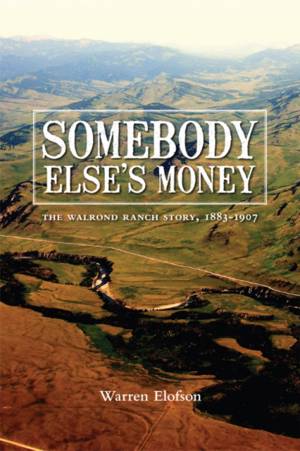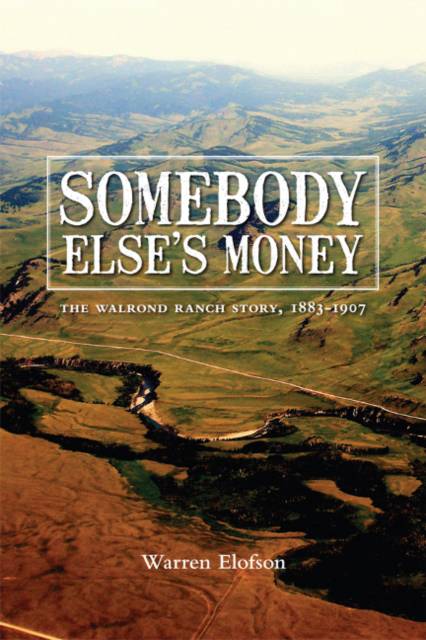
- Retrait gratuit dans votre magasin Club
- 7.000.000 titres dans notre catalogue
- Payer en toute sécurité
- Toujours un magasin près de chez vous
- Retrait gratuit dans votre magasin Club
- 7.000.000 titres dans notre catalogue
- Payer en toute sécurité
- Toujours un magasin près de chez vous
Description
The Walrond Ranch, a cattle and horse operation in the foothills of southern Alberta, was one of the four giants of the livestock grazing industry in the late nineteenth and early twentieth century. At its height, the Walrond ran over 10,000 cattle along with several hundred well-bred Clydesdale and Shire horses on nearly 300,000 acres of land. Ultimately, however, the Walrond failed.
The driving force behind the ranch, Dr. Duncan McNab McEachran, had high aspirations and communicated his optimism to Sir John Walrond and the rest of the British investors funding the venture. But reality quickly set in. Winter storms, drought, disease, and predators constantly depleted the Walrond's herds and the operation inexorably slipped toward bankruptcy. McEachran's poor management played just as large a role as the environmental challenges in the ranch's downfall; his stubborn reluctance to admit failure prolonged the inevitable, wasting more and more investor dollars in the meantime.
Somebody Else's Money is the first close environmental and economic study of one of the so-called "great" ranches on the northern Great Plains of North America. Warren Elofson examines the business side of large-scale, open range grazing and describes the myriad of natural and man-made obstacles that barred it from success. He argues that, financially, the Walrond was doomed from the beginning because its management approach and grazing practices were unsuited to both the natural and economic conditions of the frontier environment.
Spécifications
Parties prenantes
- Auteur(s) :
- Editeur:
Contenu
- Nombre de pages :
- 256
- Langue:
- Anglais
Caractéristiques
- EAN:
- 9781552382578
- Date de parution :
- 15-08-09
- Format:
- Livre broché
- Format numérique:
- Trade paperback (VS)
- Dimensions :
- 150 mm x 226 mm
- Poids :
- 439 g







